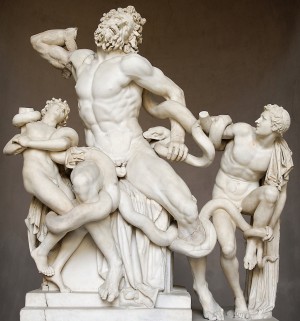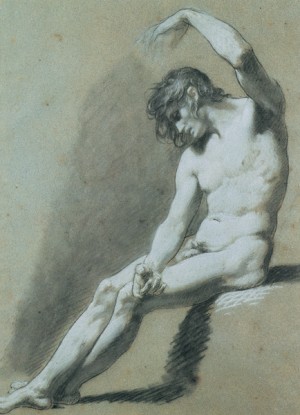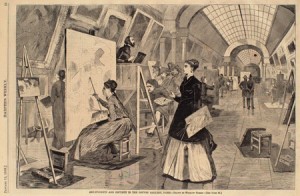
The Morgan in New York has an exceptional collection of drawings ranging from preparatory studies to finished works of art with nearly twelve thousand drawings from the fourteenth through to the twenty-first centuries. The primary focus of the Morgan Library & Museum’s collection is European drawings executed before 1825, but the Morgan also has the largest collection of Rembrandt etchings in the United States.
 I have been lucky and immensely fortunate to draw at the Louvre Museum in Paris for a few years now. In doing so I have learnt some practical techniques and some aspects on how to use my time there productively.
I have been lucky and immensely fortunate to draw at the Louvre Museum in Paris for a few years now. In doing so I have learnt some practical techniques and some aspects on how to use my time there productively. 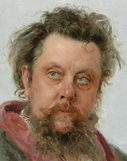


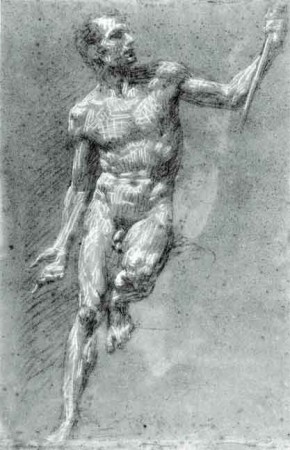
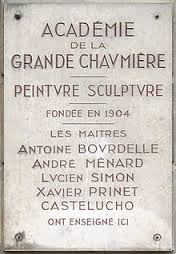 As a reaction against the constricting teaching of the Parisienne École des Beaux Arts, the Grande Chaumière (academy of the large thatched cottage) was founded on the left bank of Paris in 1902, which at the time was the heart of forward thinking intellectual and artistic life.
As a reaction against the constricting teaching of the Parisienne École des Beaux Arts, the Grande Chaumière (academy of the large thatched cottage) was founded on the left bank of Paris in 1902, which at the time was the heart of forward thinking intellectual and artistic life. 